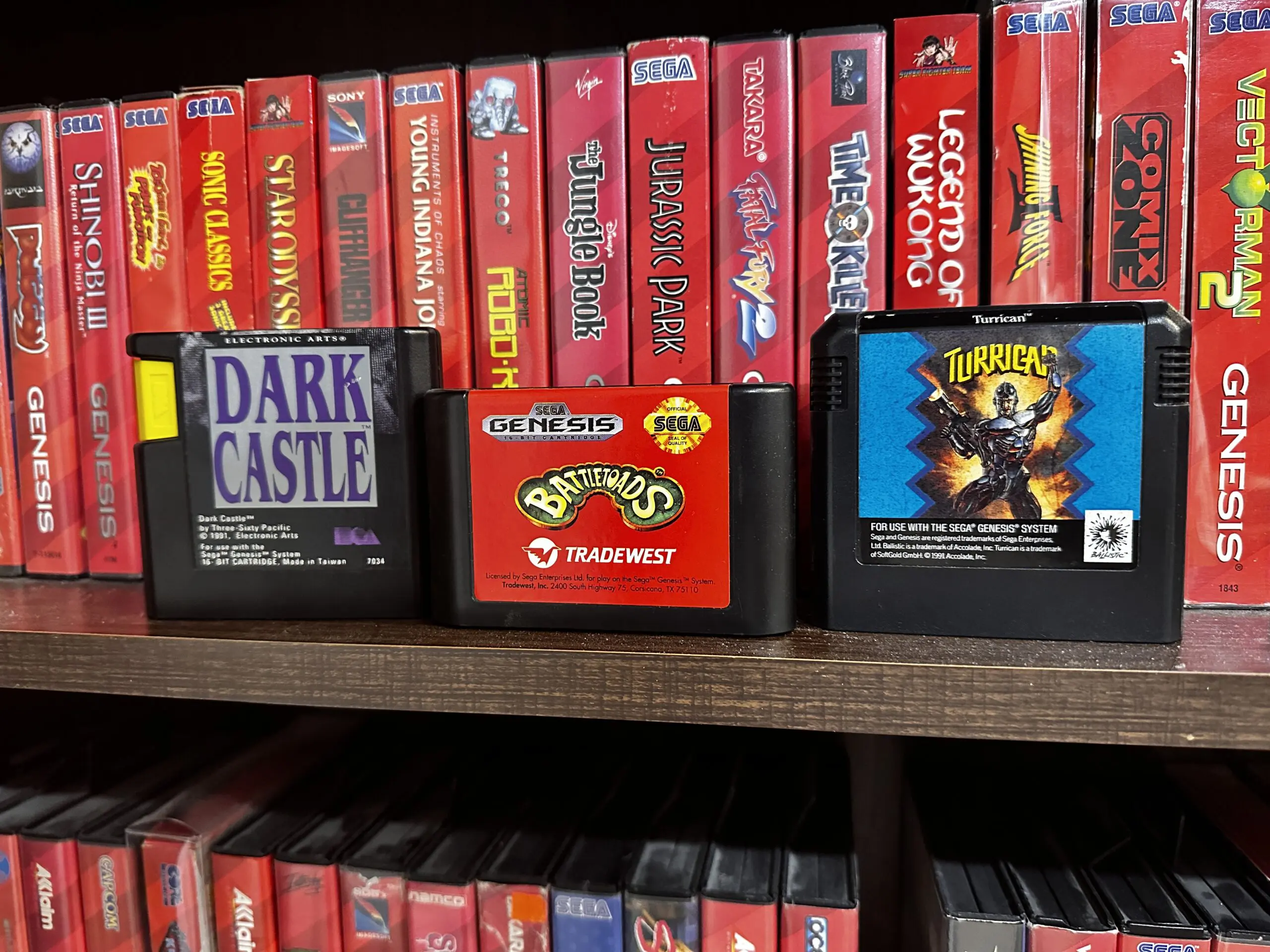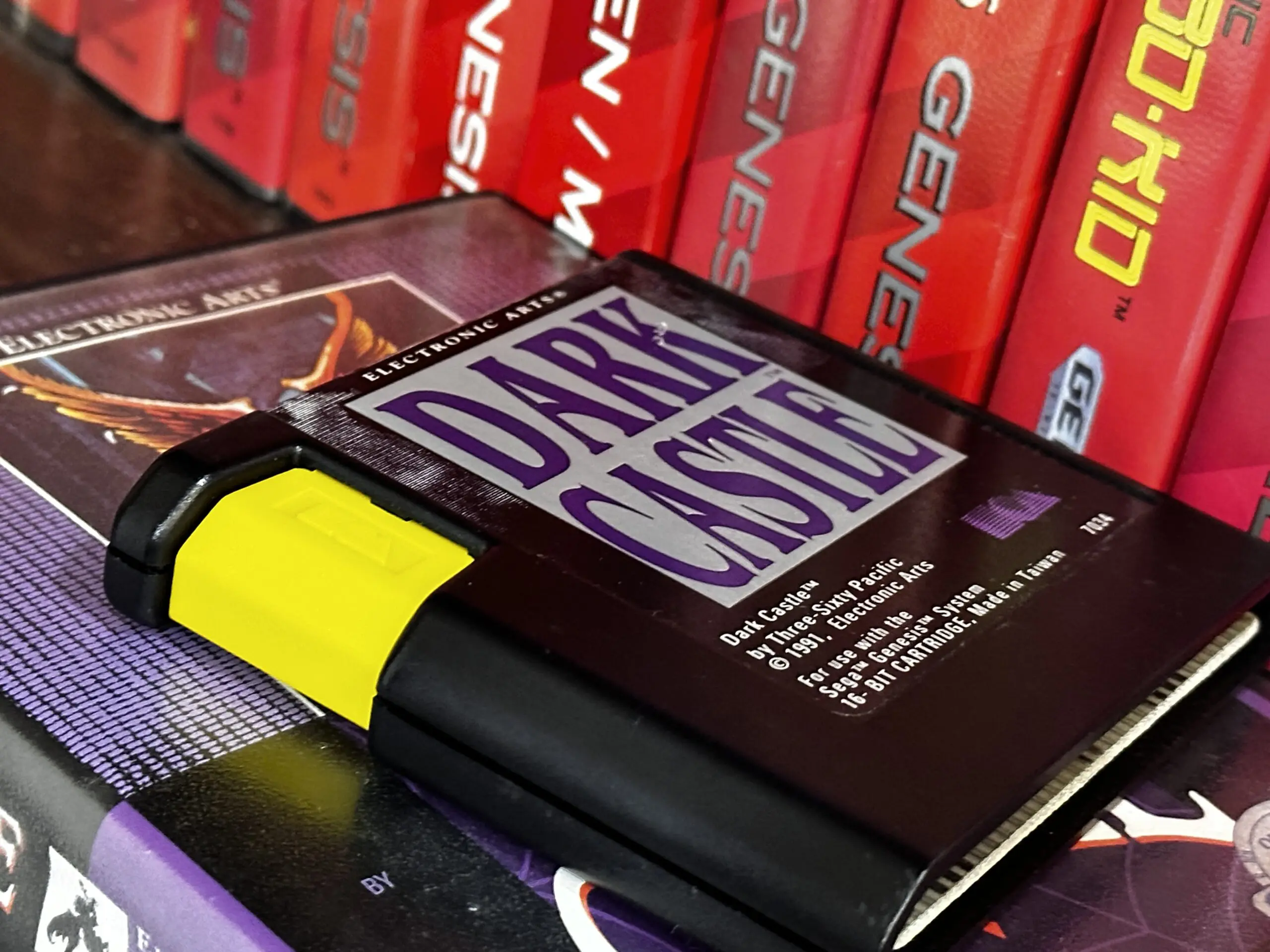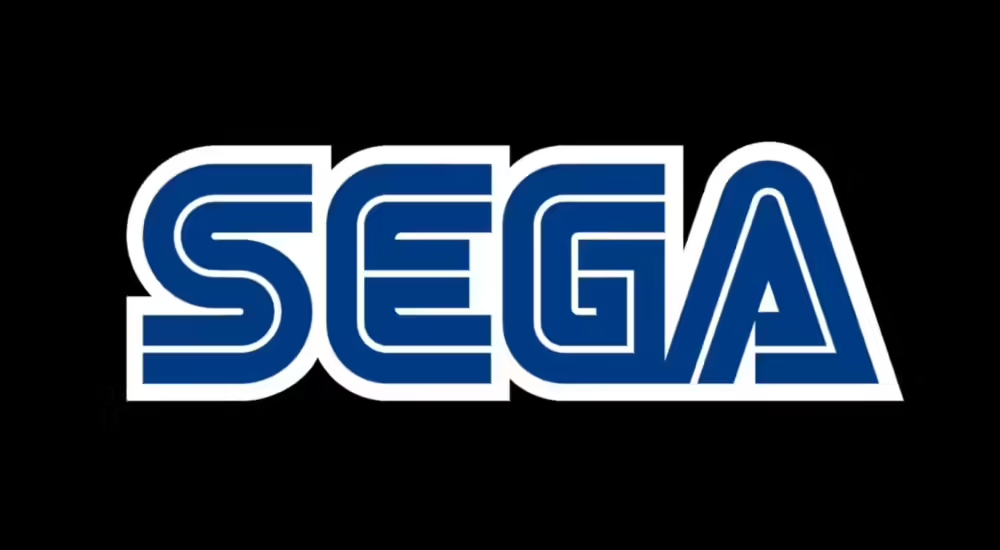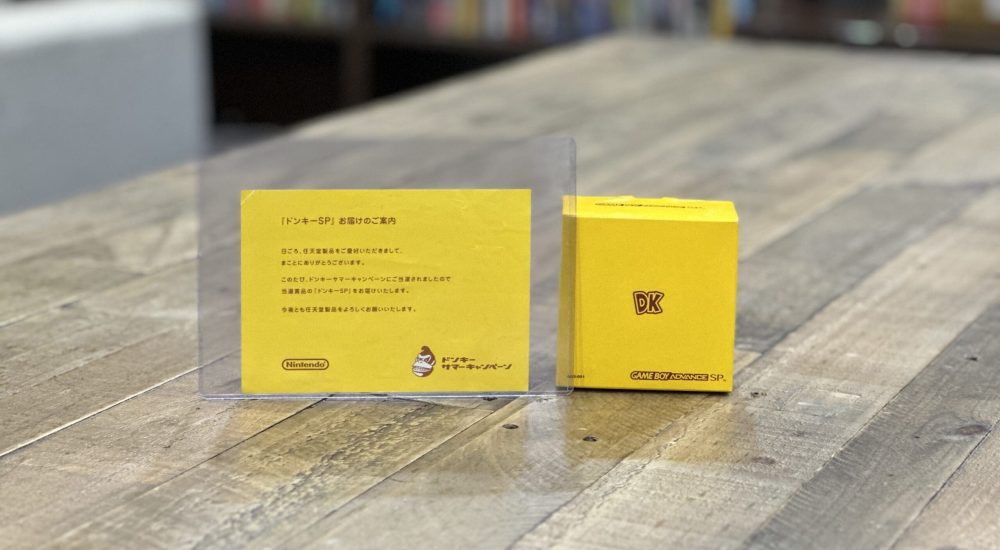Electronic Arts (EA) games for the Genesis (Mega Drive) have a different cartridge size due to a combination of technical and business reasons. Here are the key reasons why EA cartridges were distinct:
- Reverse Engineering and Licensing Dispute: EA reverse-engineered the Genesis console to create their own cartridges. This was partly due to a licensing dispute with Sega. By creating their own cartridge design, EA was able to bypass Sega’s licensing requirements and fees.
- Unique Cartridge Design: EA’s cartridges were taller and had a distinct design, including a yellow tab on the side. This design was not just for aesthetics but also to differentiate their products from Sega’s official cartridges. The yellow tab became a recognizable feature of EA’s Genesis games.
- Region-Free Compatibility: EA designed their cartridges to be region-free, which was significant because it allowed their games to be played on Genesis systems from different regions without modification. This was particularly important because the Japanese Mega Drive had a locking mechanism that prevented cartridges from other regions from being inserted. EA’s design circumvented this issue, allowing their games to be more widely accessible.
- Negotiation Leverage: EA’s ability to reverse-engineer the Genesis and produce their own cartridges gave them significant leverage in negotiations with Sega. EA threatened to release games without a license and even considered sharing their reverse-engineering methods with other companies if Sega did not agree to more favorable terms. This pressure led Sega to negotiate a deal that allowed EA to manufacture their own cartridges and pay a reduced licensing fee.
These factors combined to give EA cartridges their distinctive size and appearance, setting them apart from other Genesis games and allowing EA to maintain control over their distribution and pricing.
Interestingly, the case of Sega Enterprises Ltd. v. Accolade, Inc. also highlighted the legal complexities of reverse engineering in the gaming industry. In this landmark case, Accolade successfully defended its reverse engineering of Sega’s software under the fair use doctrine, allowing them to develop compatible games for the Sega Genesis without obtaining a license from Sega. The Ninth Circuit Court’s ruling in favor of Accolade set a precedent that supports reverse engineering to understand unprotected functional aspects of software—an approach similarly employed by EA in their creation of unique Genesis cartridges. Both instances underscore how reverse engineering became a crucial tool for companies looking to innovate and navigate around restrictive licensing agreements.












